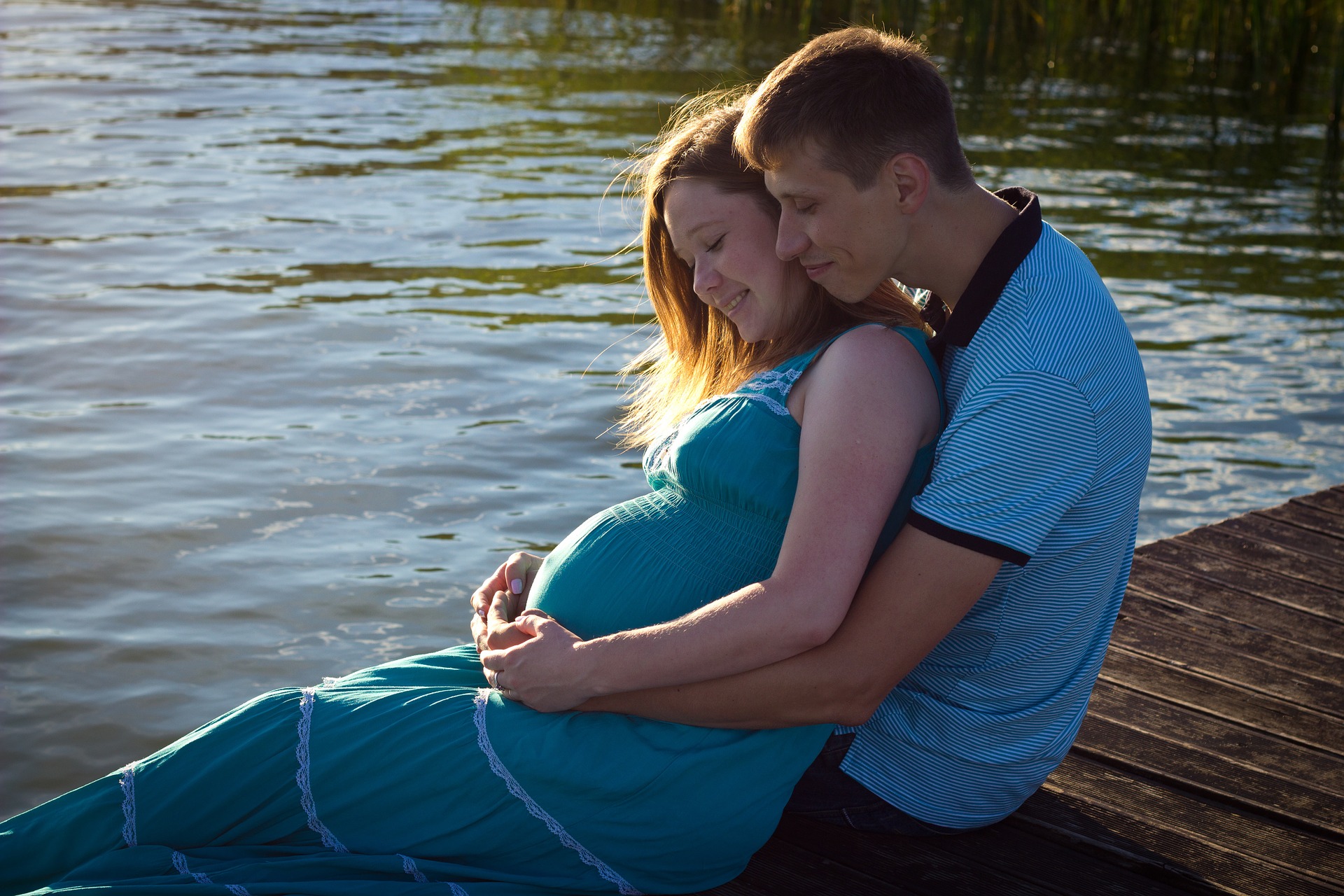Delhi Government has announced to set up centres for testing saturation of oxygen content in blood in 30,000 villages across the country. Announcement to this effect was made by the Chief Minister Arvind Kejriwal on Saturday. The step is aimed at boosting the fight against the Covid-19 pandemic.
“Already received commitments for 30,000 oxymeters. Am overwhelmed. Will now set up ‘oxygen jaanch kendra’ in 30,000 villages. Commitments still pouring in. Will help set it up in more villages. Thank you donors. We will train village youth and give them oxymeters to set up oxy kendras,” Kejriwal said in a tweet.
Arvind Kejriwal had on Saturday appealed to the public, members of the civil society and party workers across the nation to donate pulse oximeters to the AAP so it can set up ‘oxygen testing centres’ in rural India to reduce the number of covid deaths.
Of late, the pulse oximeter has emerged as an important device to fight the Covid-19 pandemic. Since many patients battle breathlessness due to drop in oxygen level, Oximeters help in measuring the oxygen level and are found to be extremely useful for coronavirus patients.
However, it should not be confused with diagnostic tests. It is not a substitute for a coronavirus test. It is solely used to determine the pulse rate and oxygen flow in the body.
This non-invasive and painless small device is used in many health conditions including obstructive pulmonary disease (COPD), asthma,, heart attack, pneumonia, anemia etc.
The Pulse Oximeter must be attached to a body part (generally a fingertip). It passes small beams – two wavelengths – of light through the body to evaluate how efficiently oxygen is carried to the extremities furthest from the heart, including the legs and the arms. The reading is obtained by the measurement of changes of light absorption in oxygenated or deoxygenated blood.
According to the World Health Organisation’s Pulse Oximetry Training Manual, the process takes about 10-12 seconds to obtain an accurate reading of the oxygen levels. The screen displays the percentage of oxygen in the blood that is pumped from the heart. In addition, the pulse rate is recorded as beats per minute.
Oximeters report blood oxygen levels via an oxygen saturation measurement called peripheral capillary oxygen saturation, or SpO2. In COVID-19, virus enters the body through the respiratory system, causing direct injury to a person’s lungs via inflammation and pneumonia.
However, not everyone who tests positive for COVID-19 will develop low oxygen levels. There are people who may have a very uncomfortable bout with fever, muscle aches and GI upset at home, but never demonstrate low oxygen levels.
Hence, experts have warned that people should not think of a pulse oximeter as a screening test for COVID-19. Having a normal oxygen level does not mean that you are free of infection. If you are concerned regarding exposure, formal testing is still required.
Pulmonologist and chief editor of Lung India, Dr. Virendra Singh says pulse oximeters are not COVID-19 detectors. One cannot use the pulse oximeter as a sole detector for any respiratory issues. It is only meant to give readings for a small time interval.











